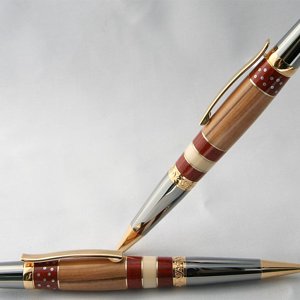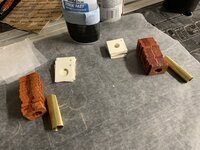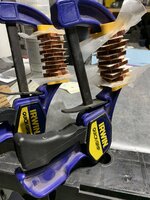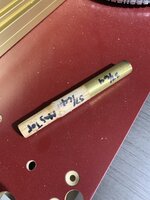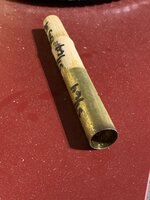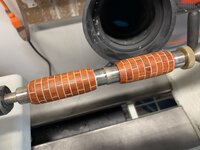Beesville
Member
Purple Heart/dyed maple veneer and paduak/dyed maple veneer.
One of my favorite commissioned pieces to make. Any ideas on how to keep the paduak from bleeding to the white veneer when applying the CA finish?
One of my favorite commissioned pieces to make. Any ideas on how to keep the paduak from bleeding to the white veneer when applying the CA finish?
Attachments
-
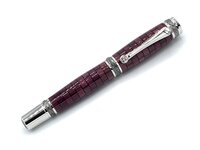 D1E2DBD8-4FD6-465F-9CAA-932EC1874475.jpeg100.1 KB · Views: 233
D1E2DBD8-4FD6-465F-9CAA-932EC1874475.jpeg100.1 KB · Views: 233 -
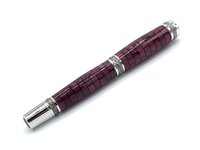 C6F2C1D3-F032-44B8-BCFF-037717DEF6D4.jpeg96.8 KB · Views: 218
C6F2C1D3-F032-44B8-BCFF-037717DEF6D4.jpeg96.8 KB · Views: 218 -
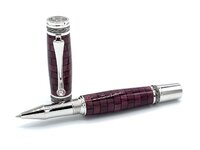 88132914-D4D4-4F6B-A771-3FAE5C269523.jpeg108.5 KB · Views: 215
88132914-D4D4-4F6B-A771-3FAE5C269523.jpeg108.5 KB · Views: 215 -
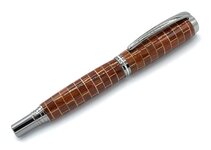 2877AB97-3926-447D-AE49-15155C386A38.jpeg116.7 KB · Views: 209
2877AB97-3926-447D-AE49-15155C386A38.jpeg116.7 KB · Views: 209 -
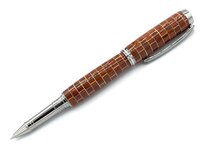 D9B829B0-1AC2-47ED-91C6-6976D5164491.jpeg103 KB · Views: 218
D9B829B0-1AC2-47ED-91C6-6976D5164491.jpeg103 KB · Views: 218 -
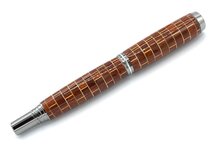 90155712-7965-4464-AA4E-0E9348FBEF92.jpeg110.9 KB · Views: 210
90155712-7965-4464-AA4E-0E9348FBEF92.jpeg110.9 KB · Views: 210

